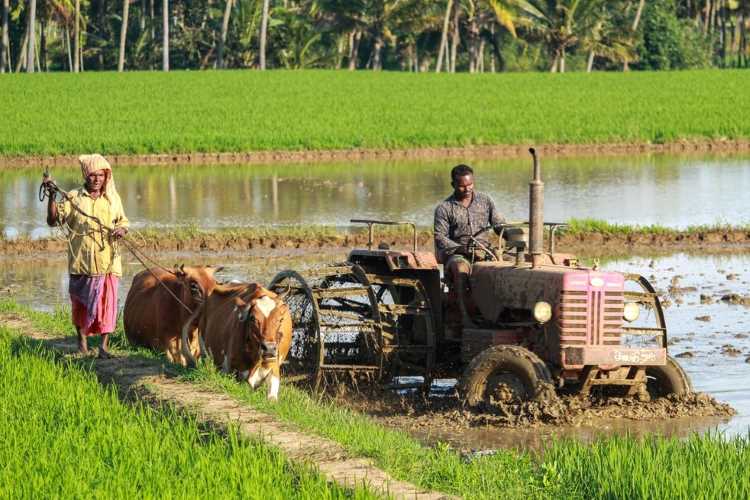
By Parashram J. Patil
The COVID-19 pandemic has necessitated a new set of reforms to the strengthen economy. One such step announced by the Narendra Modi government is Aatmanirbhar Bharat Abhiyan, aimed at making India a self-reliant nation. The government took several bold steps under the Atmanirbhar Bharat package – it changed the definition of MSMEs,[5] increased the scope of private participation in numerous sectors,[6] and further opened up defence sector.
Almost 70% of India’s population depend directly and indirectly on agriculture for their survival. This means the country cannot have a development model that ignores agriculture. Can India be atmanirbhar in agriculture sector, which is crucial for Indian economy?
READ I Atmanirbhar Bharat: Reducing dependence on China for pharmaceutical ingredients
India is not self-reliant in various essential agriculture commodities and depends heavily on imports. Take the example of edible oil. India imports around 15 million tonnes of edible oil every year — more than 9 million tonnes of palm oil and about 2.5 million tonnes each of soy oil and sunflower oil. It buys palm oil from Indonesia and Malaysia, and soy and sunflower oil from Argentina, Brazil, Ukraine and Russia. There is a need to create self-reliance here. The government must impose high import duties and increase productivity of Indian farms to create competitive advantage for domestic producers. This needs a long-term strategy and vision. India can start with stepping up cultivation of sunflower, groundnuts, mustard and oil palms. India has about two million hectares of land that is suitable for oil palm cultivation.
It’s time to take a look at India’s agriculture economy. Is the country a net exporter of agricultural products? Over the last 10 years, (2008-09 to 2018-19) India has been a net exporter of farm produce. In fact, in 2018, the Modi government has come up with a new agricultural export policy aimed at doubling farm exports by 2022. However, in 2019-20, agri-exports were just $36 billion and the agri-trade surplus was $11.2 billion. The net agri-trade surplus has been falling over a period of time, making it difficult to achieve doubling of farmers income and doubling of agriculture exports by 2022.
READ I Cashew economy needs support as prices fall, imports rise
India’s farm exports basket consists of marine products ($6.7 billion), rice ($6.4 billion), spices ($3.6 billion), buffalo meat ($3.2 billion), sugar ($2 billion), tea and coffee ($1.5 billion), fresh fruits and vegetables ($1.4 billion), and cotton ($1 billion). There are huge subsidies available on rice and sugar exports, while other crops with huge export potential have been ignored. Time has come to offer incentives to the export of high-value agri-produce such as fruits and vegetables, spices, tea and coffee and cotton.
As a majority of the country’s 1.37 billion population are dependent on agriculture for a living, the sector must attain self-reliance. A specific long-term strategy is needed with commodity wise plans that factor in comparative advantages, available market, production, productivity, consumption, subsidies and incentives. India cannot be an economic superpower without becoming self-reliant in agriculture sector.
(Dr Parashram J. Patil is an agricultural export policy consultant with the ministry of commerce and industry, Government of India. The views expressed in this article are personal)

